Bubbling paint on cars is a common problem. But, if your car has paint bubbling, don’t worry – it’s a problem that can be fixed. This post will outline the causes of paint bubbling and how to fix paint bubbling on car. We’ll also talk about some prevention tips to help keep your car looking great. So if you’re experiencing paint bubbling on your car, read for some helpful information.
Summary: If you are experiencing paint bubbling on your car, there are a few things you can do to fix the issue. First, try using a degreaser to clean the area. Second, use masking tape to cover the bubbling areas and wait for the paint to dry. Finally, use a primer and paint to cover the bubbled areas.
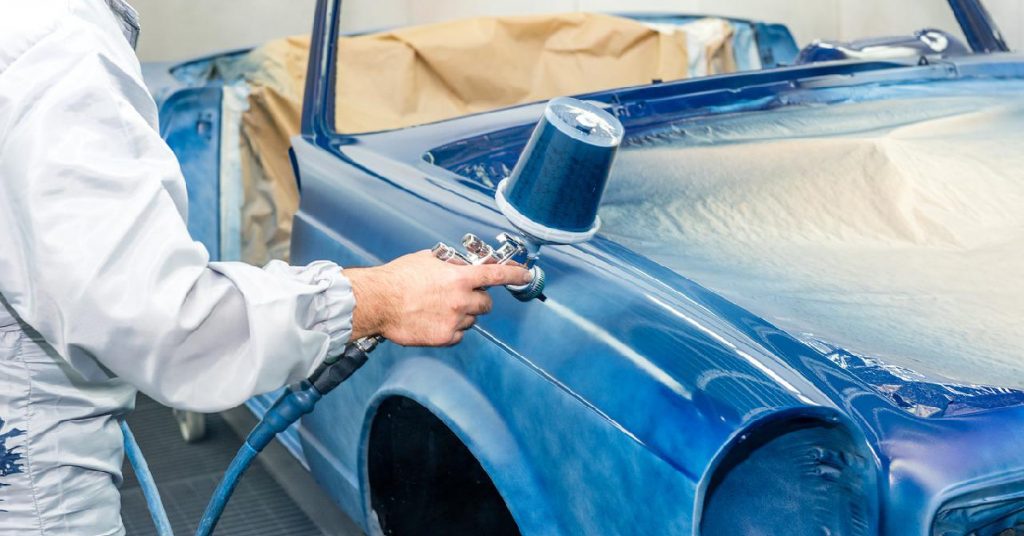
What Causes is Paint Bubbling on Cars?
There are a few different things that can cause paint bubbling on cars. The most common cause is exposure to the elements. Sun, wind, and rain can all cause the paint on your car to start bubbling. Another common cause is exposure to chemicals. Things like bird droppings and tree sap can contain chemicals that can eat away at the paint on your car. Finally, age can also be a factor. Over time, the paint on your car will start to degrade, leading to bubbling. So if your car is older, it’s more likely to have paint bubbling.
Step by Step How to Fix Paint Bubbling on Car:
1. Cleaning the Area
First, you need to clean the area around the chipped paint. Next, remove any dirt, debris, or chemicals that might be causing the problem. Finally, you can move on to the next step.
2. Use a Razor Blade to Remove Any Loose Paint.
Once the area is clean, you can use a razor blade to remove any loose paint. Again, be careful not to scratch the car’s surface. You can also use a putty knife or another similar tool to gently scrape away any loose paint before using a clean cloth to remove any residue.
3. Sand the Area
After removing the loose paint, you’ll need to sand the area to create a smooth surface for the new paint to adhere to. To sand the area, you’ll need to use fine-grit sandpaper. Start by sanding around the edges of the bubbling paint, then move to the center of the area and sand in a circular motion. Once you’ve sanded the entire area, you can move on to the next step.
4. Apply a Primer
You will need to sand the area before you can paint it. Then you will need to apply a primer to the area. This will help the new paint adhere to the car’s surface. You can use a paintbrush or roller to apply the primer. Just make sure you do it in a well-ventilated area. If you use a paintbrush, be careful not to get any primer on the car’s windows or chrome. Once you’ve applied the primer, you’ll need to let it dry for at least 24 hours.
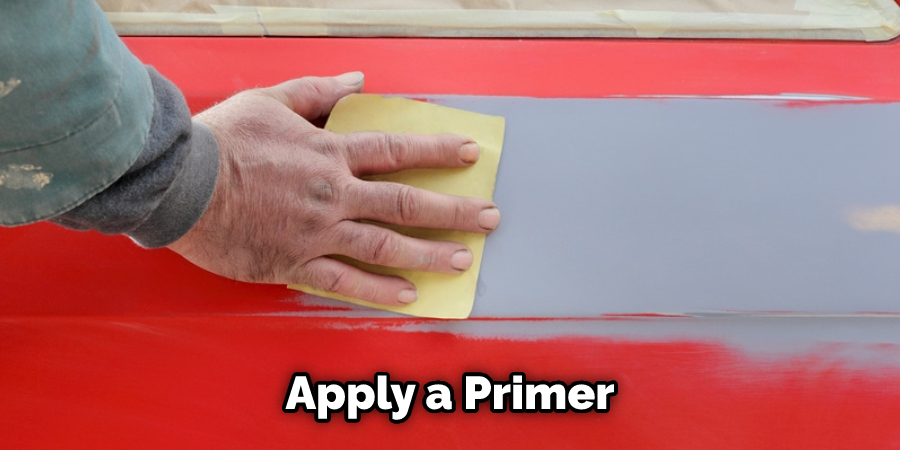
5. Paint the Area
After the primer has dried, you’ll need to paint the area. You’ll need to use a paintbrush or roller to do this. Be sure to use paint that is designed for cars. This type of paint will be more durable and will last longer. Once you’ve painted the area, you should allow the paint to dry for at least 24 hours. If you find that the paint is still bubbling after it has dried, you may need to apply a second coat. Once the second coat has dried, you should inspect the area to see if the bubbling has stopped. If it hasn’t, you may need to apply a third coat. Allow the third coat to dry for at least 24 hours before inspecting it.
6. Apply a Clear Coat
After you’ve inspected the area and you’re satisfied with the results, you’ll need to apply a clear coat. This will protect the area from further damage and give it a polished look. First, you’ll need to clean the area with a cleaner that is designed for cars. Once the area is clean, you’ll need to apply a clear coat. Be sure to apply the clear coat in a well-ventilated area. Once you’ve applied the clear coat, you’ll need to let it dry for at least 24 hours.
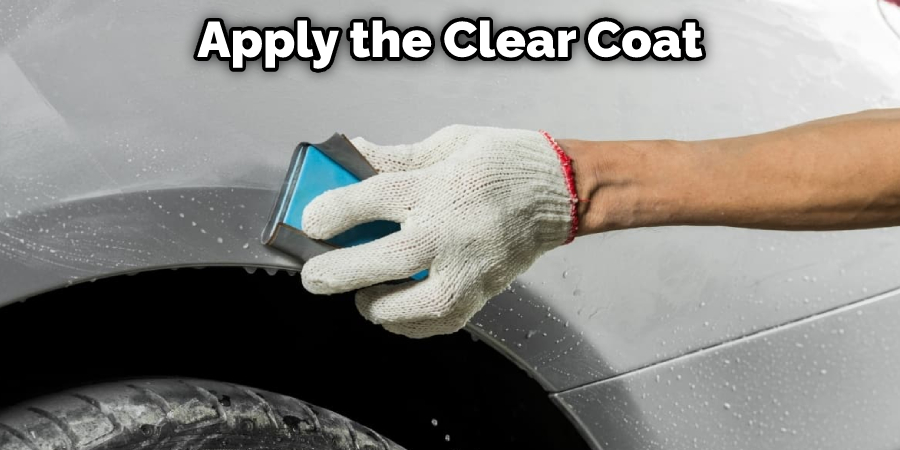
7. Inspect the Area
After the clear coat has dried, you should inspect the area for any bubbling. If you find that the bubbling has stopped, you can consider the job to be done. However, if you find that the bubbling is still present, you may need to repeat steps 5-7. Be sure to check the area regularly to ensure that the bubbling doesn’t return.
8. Polish the Area
Once you’re satisfied with the results, you can polish the area. This will help the area maintain its glossy finish. You’ll need to use a polishing compound and a clean cloth to do this. First, apply the polishing compound to the area. Then, use the cloth to buff the area. Be sure to buff in a circular motion. Once you’re finished, you can enjoy your newly fixed car.
9. Wax the Area
After you’ve polished the area, you’ll need to wax it. This will help the area resist dirt and debris. You’ll need to use a waxing compound and a clean cloth to wax the area. First, apply the waxing compound to the area. Then, use the cloth to buff the area. Be sure to buff in a circular motion. Once you’re finished, you can enjoy your newly fixed car.
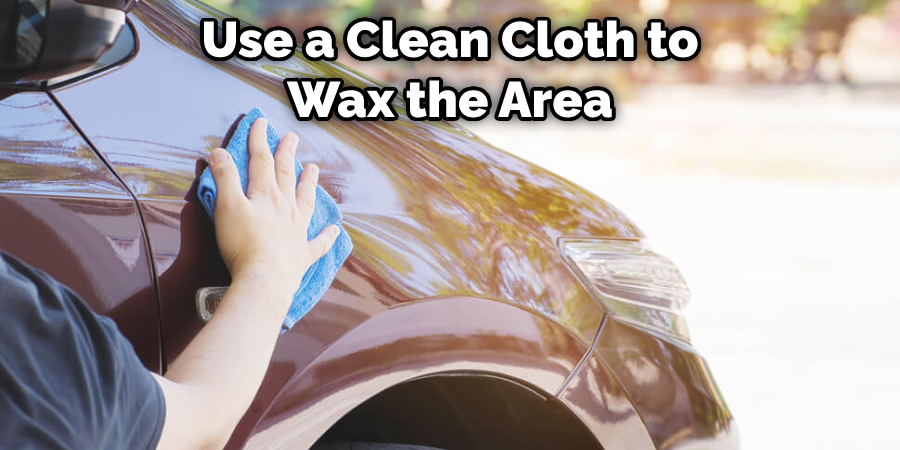
10. Enjoy Your Car
After you’ve followed these steps, you can enjoy your newly fixed car. Be sure to take care of it so that the bubbling doesn’t return. If you find that the bubbling does return, you may need to repeat steps 5-7. Be sure to check the area regularly to ensure that the bubbling doesn’t return. Thanks for reading! We hope this guide was helpful.
How to Prevent Paint Bubbling on Car:
There are a few things you can do to prevent paint bubbling, including:
1. Washing Your Car Regularly
The first thing you can do to prevent paint bubbling is to wash your car regularly. This will help remove any dirt or debris that could cause the paint to bubble. Be sure to use a car shampoo and a clean cloth. Next, wash the areas of your car that are most susceptible to bubblings, such as the hood and the roof.
2. Waxing Your Car Regularly
Another thing you can do to prevent paint bubbling is to wax your car regularly. This will help create a barrier between the paint and the elements. Be sure to use a quality car wax and follow the directions on the label.
3. Keeping Your Car Garaged
If you can, keep your car garaged. This will help protect the paint from the elements and extend the paint job’s life. It’s also a good idea to invest in a car cover.If you live in an area with a lot of suns, you might want to consider a UV-resistant car cover.
4. Avoiding Harsh Chemicals
When cleaning your car, avoid using harsh chemicals. These can strip the paint and cause it to bubble. Stick to mild soaps and cleaners. If you must use a harsher cleaner, be sure to rinse the area well afterward. Try to avoid using cleaners with ammonia.
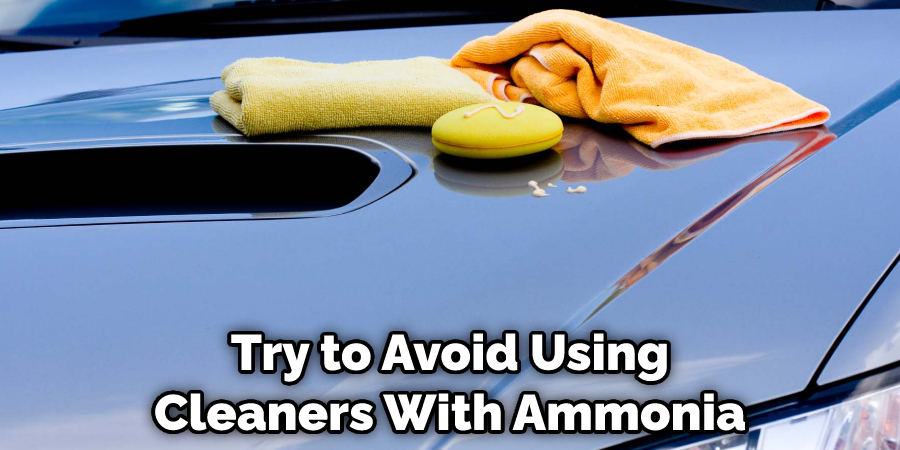
5. Inspecting Your Car Regularly
Inspect your car’s paint job regularly. Look for any areas that seem to be bubbling or flaking. If you notice any problem areas, have them repaired as soon as possible. Car paint bubbles can worsen quickly, so it’s important to catch them early.
You Can Check It Out To Fix a Jack That Won’t Lift
How Much Does It Cost to Fix Paint Bubbling?
The cost of fixing paint bubbling will vary depending on the extent of the damage. If you have a small amount of bubbling, you may be able to fix it yourself. However, if the damage is extensive, you may need to hire a professional. The cost of hiring a professional will vary depending on the damage’s severity and the area’s size. It costs between $500 and $2000 to fix paint bubbling.
Tips and Warnings on How to Fix Paint Bubbling on Car:
Tips:
- If you can, park your car in a garage or under some other form of shelter to avoid exposure to the elements.
- If you have to work outside, make sure to do so in a well-ventilated area.
- Use a mild soap and water solution to clean the affected area before beginning any repair work.
- If the bubbling is severe, you may need to sand down the affected area before repainting.
- Use a primer specifically designed for automotive use before painting.
- Follow the directions on the paint can for best results.
Warnings:
- Do not use harsh chemicals or cleaners on your car’s paint job.
- Be careful not to sand too aggressively, as this can damage the paint job.
- 3. Wear gloves and a mask when working with chemicals or sanding materials.
Frequently Asked Questions
What Can Cause Car Paint to Bubble?
The most common ones include acid rain, certain minerals in the water, and acidic roads. Acid rain is created when pollutants such as sulfur dioxide are released into the atmosphere. These particles react with sunlight to form acids, which then fall on cultivated land or lakes and turn them into toxic wastelands.
This type of pollution has been linked directly to car paint bubbling problems because it corrodes metals in automobile parts and this corrosion often leads to peeling or bubbling due to increased metal content in the paint.
What Causes Paint to Bubble?
Paint bubbles are a common occurrence when it is wet, and it is caused by the paint being too thin. When the paint is too thin, it won’t hold up to the pressure of being wet. This causes the paint to break down and form bubbles. If you have a lot of areas that are prone to bubble formation, you may want to consider using a thicker paint or using another type of sealant.
Should You Pop Paint Bubbles?
Yes, you should definitely pop paint bubbles! They are a simple and fun way to engage your children in art activities and help them learn about colors. Plus, popping the bubbles teaches dexterity, fine motor awareness, perceptual skills (such as color identification), coordination, patience, and problem-solving ability. And because they’re so much fun to play with yourself – at home or during family gatherings – painting bubbles is a great activity for keeping everyone entertained!
Can You Fix Rust Bubbles?
Rust bubbles are essentially small bubbles of rust that form when metal corrodes. The bubbles can grow in size and number and can cause extensive damage if not dealt with quickly.
There are a few ways to deal with rust bubbles. You can try using a commercial rust prevention product, which will coat the metal and prevent the bubbles from forming. You can also use a degreaser to remove the rust, which will then allow the coating to do its job. Or, you can use a rust-removal agent that will dissolve the rust and allow the metal to be polished clean.
It’s important to note that every situation is different and there is no one method that is guaranteed to work in every case. It’s best to consult with a professional if you are unsure how to deal with rust bubbles.
Conclusion
This article provides a detailed guide on how to fix paint bubbling on cars. Follow these simple steps, and your car will look as good as new. Not only is fixing paint bubbling on a car an easy process, but it’s also a lot cheaper than taking your vehicle in for professional repairs. Have you tried any of these methods yourself? Let us know how they worked out for you in the comments below.
You Can Also Check It Out to Fix a Sagging Lever Door Handle
